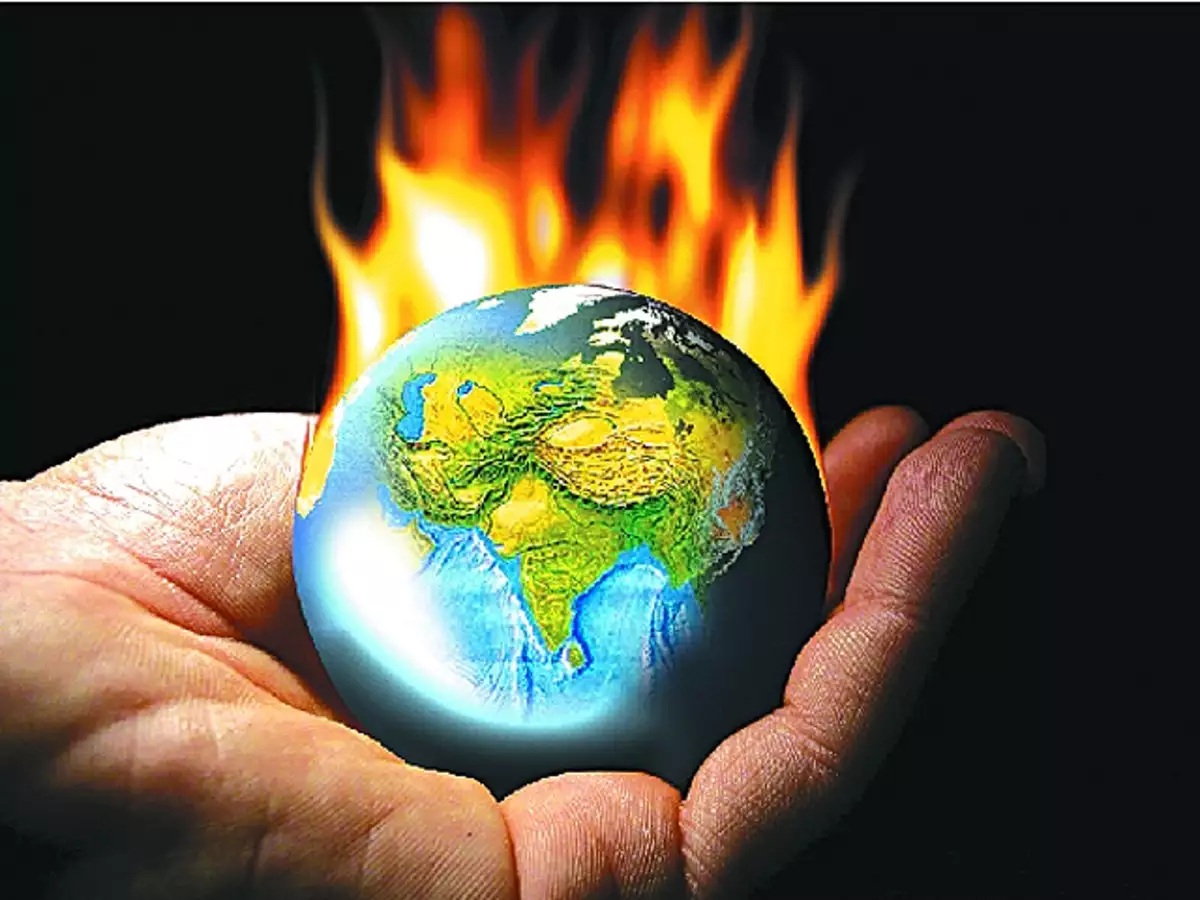
The final report of the United Nation’s climate body, the Intergovernmental Panel on Climate Change (IPCC), has come out at last. The desperate optimism that characterised the last few volumes (this is Part Four of four) has frayed away to almost nothing. UN Secretary-General Antonio Guterres bluntly called it a “survival guide”. But it’s not even that, really.
It lists all the things that the world’s countries could and should be doing, but so did every previous report and most countries are still falling far short of the minimum requirement.
The report’s authors even admit that the “aspirational” goal of never letting the average global temperature exceed 1,5 degrees Celsius higher than the pre-industrial level will definitely be missed. It was formally adopted by the IPCC only five years ago, but it’s already too late to stop the warming short of +1,5°C.
“It has always been clear in the IPCC and in climate science that it’s not very likely that we will always stay below 1,5°C,” said Dr Oliver Geden, who was on the report’s core writing group. Well, it was always clear to me, too, but I don’t remember the IPCC ever officially admitting it before last weekend.
The new buzz-word is “overshoot”, as in “Yes, we are going to overshoot 1,5°C for a while, but don’t despair. We will get back down below that level as fast as we can.” Good luck with that.
They are clutching at straws. The scientists pull their punches and sound positive because they have to keep the governments committed to the process. The governments can’t afford to get too far ahead of public opinion in their own home countries. And the last exits on the Highway to Hell are flashing by right now.
We already have all the technology, wealth and knowledge we would need to cut emissions fast now and stay below 1,5°C, but the political will is not there and even the IPCC now implicitly recognises that. People aren’t yet suffering enough to give the issue their full attention.
By the mid-2030s, when we are in “overshoot”, the political will and the sense of urgency will certainly be available, because wild weather of every sort will be hitting people hard. However, by then we will have left it so late that we will urgently need a technology that delivers results very fast and holds the heating down.
- COP26 a washout? Don’t lose hope – here’s why
- Under fire Mnangagwa resorts to Mugabe tactics
- How will energy crunch transition impact transition to renewables?
- COP26 a washout? Don’t lose hope – here’s why
Keep Reading
“Carbon dioxide removal” (CDR), also confusingly known as “negative emissions”, is the IPPC’s preferred “saviour” technology at the moment. It can theoretically pull huge amounts of greenhouse gases back out of the atmosphere and it may be a big part of the solution in the long run, but it cannot save us in the short run.
CDR is slow-acting and expensive; the very opposite of a quick fix. By all means build some full-scale facilities to work the bugs out of the various proposed CDR processes, but unless there is a miraculous fall in emissions, the amount of carbon dioxide (CO2) in the air will commit us to breaking through the “never exceed” +1,5°C level by 2030.
“Committed” to it is not the same as actually experiencing it. There is always a lag between when you put a given volume of carbon dioxide (CO2) into the atmosphere and when its full warming effect is felt. Let’s say that gives us another five years, but by 2035, the extra heat will probably be activating several of the more sensitive “tipping points”.
If we are really expecting the heating to rise past 1,5°C so soon, there is only thing that can temporarily hold the heat down, avoid crossing “tipping points”, and enable us to keep on with the essential work of cutting emissions. It is “solar radiation management” (SRM).
Reflecting one or 2% of incoming sunlight sounds dangerous and expensive, but it would actually be quite cheap, at least compared to the cost of CDR. Any intervention into the workings of the Earth system is bound to have some undesirable side-effects, but so far no major show-stoppers have been identified.
The IPCC is creeping towards a reluctant acceptance that SRM measures may be necessary, but like America in the alleged Winston Churchill quote, it will only do the right thing after it has exhausted all the alternative policies. It is forgetting that the research and hardware for any SRM technique will require at least 10 years before deployment.
A large number of big, well-funded research projects should be underway right now to confirm SRM’s potential and identify any risks, so that it is available to deploy by the mid-2030s if we need it (and it looks like we will). Yet any open-air research on it, even at the smallest scale, is still effectively banned. The Puritans still rule.
- Dyer is a London-based independent journalist. His new book is titled The Shortest History of War.






